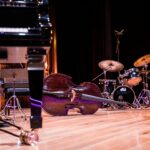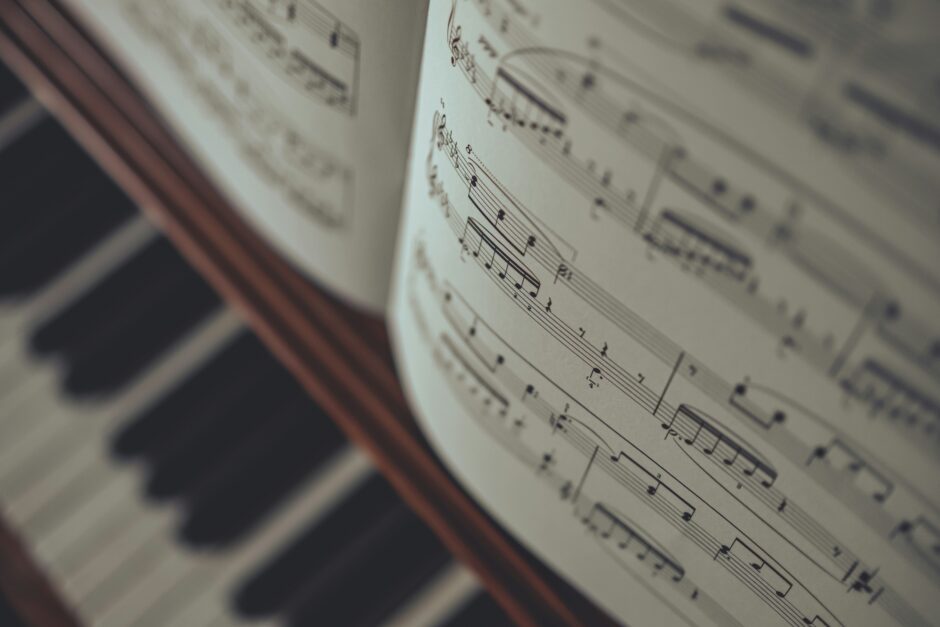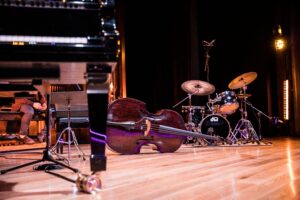The Gift of God’s Harmony
To this temple, where we call you,
come, O Lord of hosts, and stay;
come with all your lovingkindness, hear your people as they pray;
and your fullest benediction shed within these walls today.
—Christ Is Made the Sure Foundation, v. 2
I’ve been thinking about a specific hymn –one we used during worship for the first Sunday after Labor Day. In our pew hymnals, you can find it at number 645, “Christ Is Made the Sure Foundation.”
I’m thinking of this hymn as it relates to the theme of harmony not so much because of the music—although the music is, indeed, harmonious—but rather because of the story behind it. It turns out that both the words and the music for this hymn have a long and rich history.
The words originate from a Latin hymn dating back to the 7th century. The author of those words has been lost to history. What we do know, though, is that the original Latin was translated into English in 1851 by John Mason Neale—the same person who translated hymns like “All Glory, Laud and Honor,” “O Come, O come, Emmanual,” “Of the Father’s Love Begotten,” and more than ten others in our pew hymnals.
And then there’s the music. The tune used for this hymn was written by Henry Purcell, one of the greatest of all English composers, who also served as the organist at Westminster Abbey from 1679 until 1695. The tune was originally written as the concluding “Hallelujah” for a piece he composed called “O God, Thou Art My God.”
It wasn’t until a couple centuries later—in 1843—that the hymn tune as we know it was adapted by a priest named Ernest Hawkins who served as a canon at Westminster Abbey. Then in the 20th century, a publisher named Sydney Nicholson included the hymn in one of his collections, making it much more well-known. In that collection, Nicholson named the hymn tune Westminster Abbey, honoring both the original composer and the priest who adapted Purcell’s tune, both of whom had served that historic house of worship.
I’m struck by the way different people throughout history, at different times and places, took something that already existed—an all-but-forgotten Latin text, a concluding hallelujah to a rarely performed piece, a hymn that wasn’t well-known—and transformed it into something new and beautiful that we are still singing another 200 years later in 2024.
Recently, we used a prayer in worship that gets this point about how God works through us “across time and space” to accomplish his ends. I offer it here as a blessing, as each of us is called and invited to bring the gift of God’s harmony to the world today.
Let us pray: God of generations, you work in us far more than we can ask or imagine. Bless the church you have called into being across time and space, and fill us with the power of the Spirit for loving service.
Harmoniously Yours,

















Chris Winfield, Inside Sales
in Profiles from SPDAsh Wednesday
in Life at St. PhilipAtheist Delusions
in What I'm ReadingThe Feast
in UncategorizedDomes, Epitaphs and Lasting Legacies
in Featured Reflections on the Life of FaithLent 2010: See
in Life at St. PhilipFirst Communion
in UncategorizedI Am Never Alone
in Uncategorized